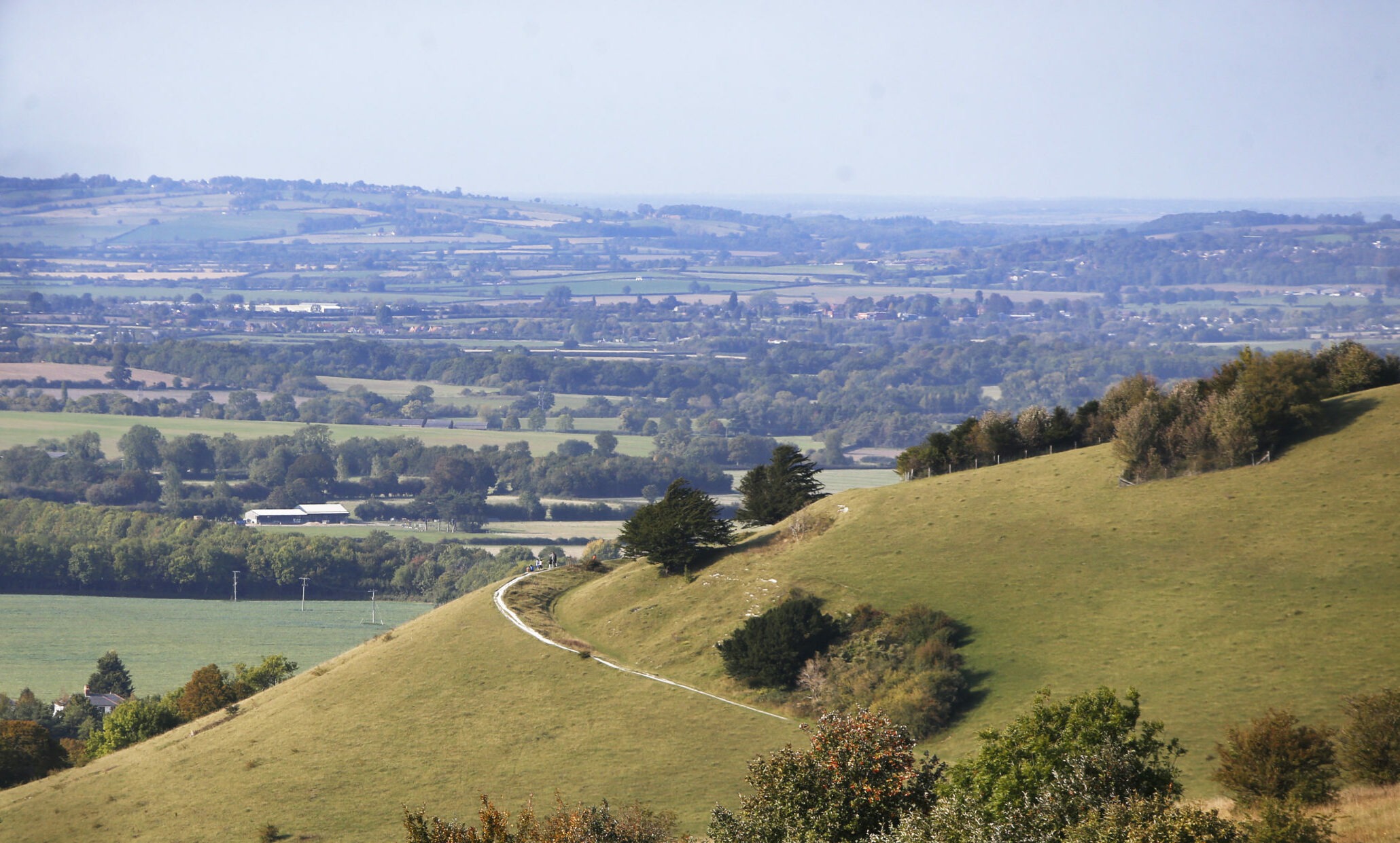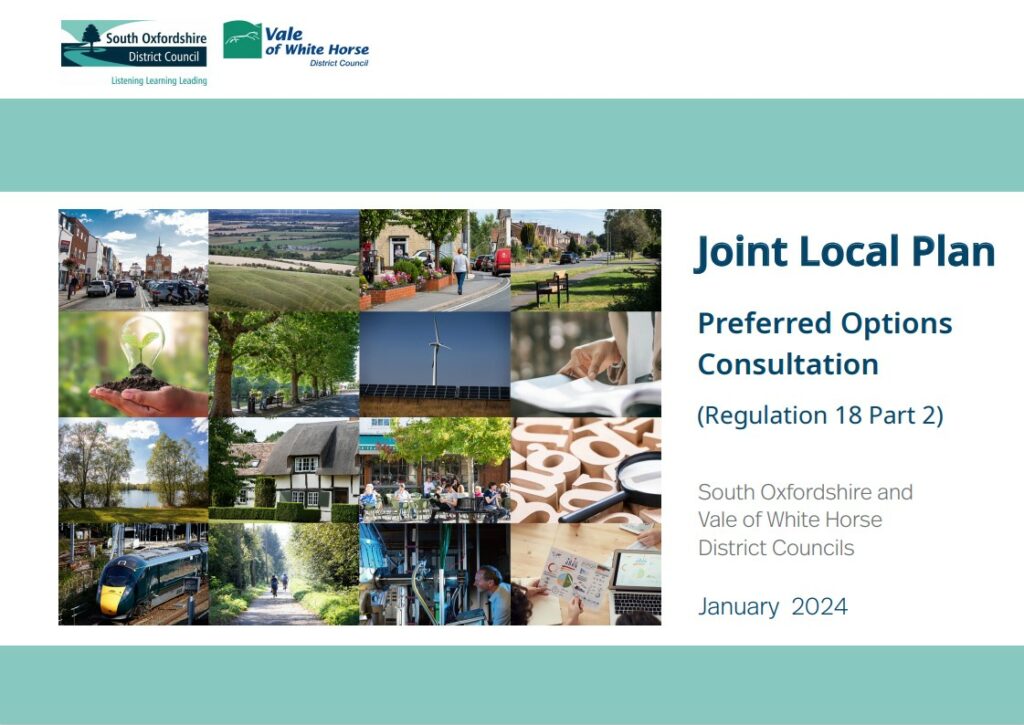Joint Local Plan 2041 Preferred Options Consultation – South Oxfordshire & Vale of White Horse District Councils
South Oxfordshire District Council and the Vale of White Horse District Council are preparing a joint Local Plan 2041. They have now issued their Preferred Options (Regulation 18) with the consultation running until Monday, February 26, 2024.
The preferred options consultation is the key opportunity to influence the content of the Local Plan because, when the proposed submission Local Plan is published, which is programmed for the autumn of this year, the consultation responses will be considered by a Planning Inspector at the Local Plan Examination rather than by the Local Planning Authority.
Both Councils have previously stated that the focus of the joint Local Plan will be different to the last Local Plan meaning that:
- Working to Good Growth Principles means thinking radically about how much development we plan, where it is located and how it is done.
- Rather than more of the same kind of development we’ve seen in recent years, we will focus on delivering homes to meet the actual local needs.
- We will look at the number and types of homes, their affordability, and the energy efficiency standards they need to meet.
- We will use the opportunities we have through the planning system to protect nature and increase its recovery.
- We will help tackle climate change by reducing carbon emissions, recognising this as an emergency and in line with our ambition to become zero-carbon districts.
- We will focus on community health and well-being and locate new homes nearer to workplaces and community facilities.
- We will work hard to secure new and improved social and physical infrastructure to support development, ensuring that developers contribute a fair share of the cost.
These principles very much underpin the emerging new Local Plan, particularly concerning housing numbers and environmental policies.
Proposed Housing Requirement
The Council’s preferred option to identify the housing requirement for each District is to use the standard method set out in the Planning Practice Guidance, with an increase to allow for existing agreed unmet needs from Oxford City. The policy sets out that South Oxfordshire has identified a total housing need of 17,050 homes, while for the VOWHDC the housing need is 14,390 homes over the plan period (2041).
The policy does not propose a joint housing requirement for both Districts, and each district will measure its supply against its requirement in order to determine whether a council can demonstrate a five-year housing land supply.
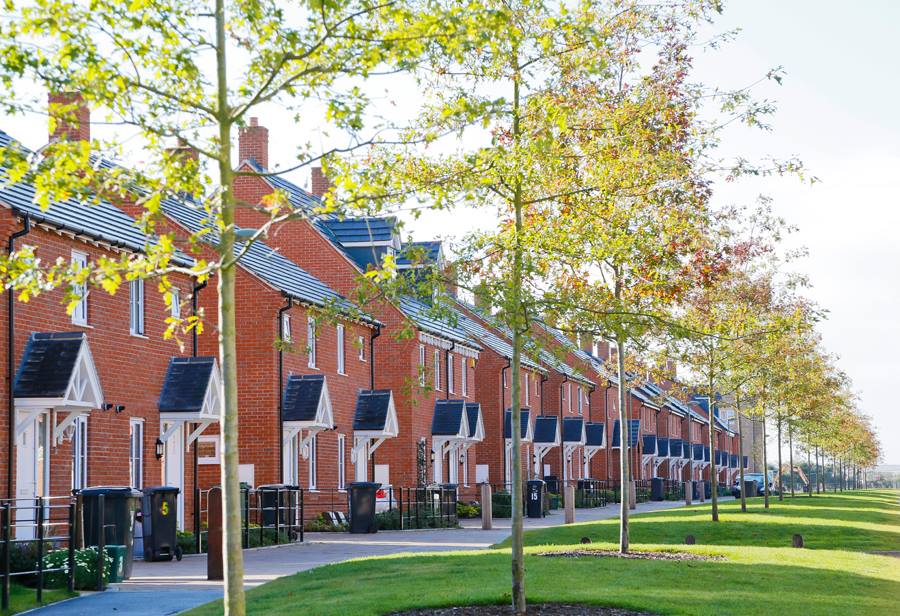
However, the preferred option does not take into account Oxford City’s latest position following the publication of the first draft of its Oxford Local Plan 2040 which sets out that provision will be made for at least 9,612 new homes to be built across Oxford over the plan period (481 homes per year). This is only 36% of the city’s identified annual housing need, which requires 1,322 new dwellings a year, with the housing need greater than the capacity of the city to deliver it. This means an unmet need of 16,828 homes (841 homes per year) before 2041, and there is an expectation that neighbouring authorities, including South Oxfordshire and Vale of White Horse District Councils, will provide a housing requirement to address this unmet need.
Affordable Housing
The joint Local Plan’s preferred option is to require 50% affordable housing for both districts for all new major housing development and all new housing development of a net gain of 5 or more homes in the National Landscapes (North Wessex Downs AONB and Chilterns AONB) and Designated Rural Areas.
Site Allocations
The preferred options joint Local Plan seeks to avoid additional greenfield allocations. The officer’s report to Cabinet on December 1, 2023, provided some additional commentary on this matter:
‘20. With the new lower requirements and given the healthy level of supply in the pipeline, our new evidence for both housing and employment land needs indicates there is no need to find new greenfield sites like the strategic allocations that South and Vale made in the last local plans.
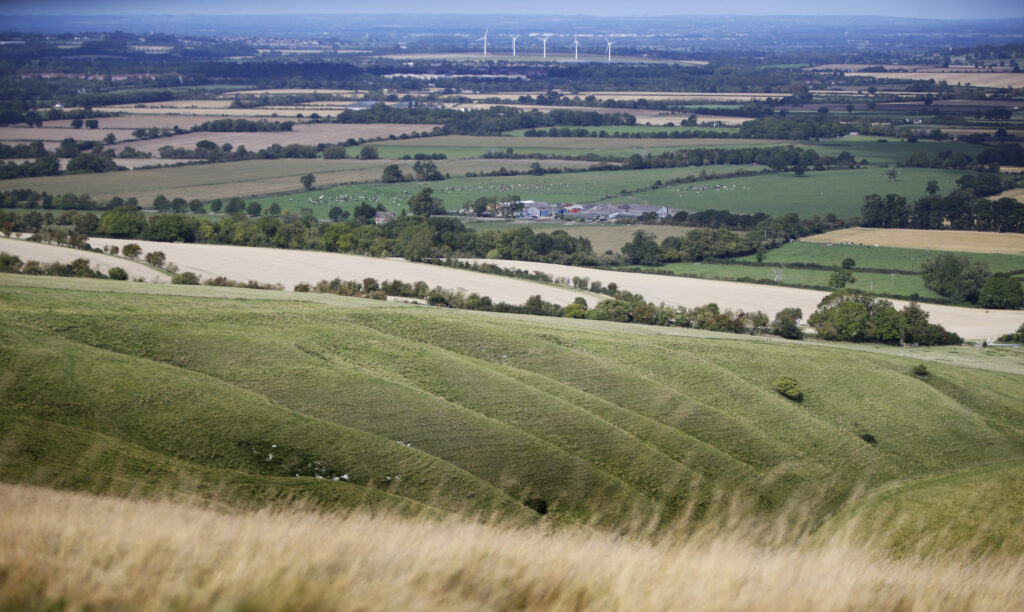
21. A detailed review of our existing allocated strategic sites has taken place, with a proposal to remove some allocations or a part of an allocation, either because they do not comply with our new preferred spatial strategy or because there are other significant reasons which affect the successful delivery of development on the site.’
One site where the existing allocation is being extended is the allocation at Dalton Barracks, Shippon for the delivery of an exemplary mixed-use development, comprising approximately 2,750 new homes. This is an additional 1,550 new homes compared to the current site allocation.
A new allocation is also proposed at Benson Lane, Crowmarsh Gifford. It was previously in employment use as it was Council Offices to South Oxfordshire and Vale of White Horse District Councils until a fire destroyed the offices in 2015. There is currently no preferred option for the site at this stage, and options are currently being explored for employment use, residential use, specialist housing, or community uses.
Four sites allocated in the previous Local Plan are now considered to be no longer suitable for allocation and therefore to be removed from the Local Plan, namely:
- Chalgrove Airfield.
- West of Priests Close, Nettlebed.
- Land south of the Nettlebed Service Station.
- Sandhills parcel of land north of Bayswater Brook.
Environmental Policies
A key focus of the joint Local Plan is Environmental Sustainability; indeed, it seeks to be groundbreaking in this respect. This emphasis is a predominant element of the vision for the joint Local Plan which is:
‘Our vision is for carbon-neutral districts for current and future generations.
For this to be a place where nature is thriving and nature reserves are no longer isolated pockets. A place where history is still visible, where heritage and landscape character are safeguarded and valued, and where the beauty and distinctive local identity of our countryside, towns, and villages have been enhanced.

A place where people can thrive. Where people have housing choices they can afford, villages, market towns and garden communities are diverse and inclusive places where people of all ages and backgrounds can live together.
A place where residents can reach the facilities they need for everyday living on foot, by bicycle, wheeling, public transport, or by zero-emission and low-carbon transport choices.
Where residents and visitors can live healthy lifestyles and access greenspace. Where people are safe from pollution, flooding, and the effects of climate change.
Where there are valuable and rewarding jobs, embracing clean technologies, and growing the opportunities in Science Vale for the districts to contribute on a national and international scale to solving pressing global issues.’
Concerning net-zero buildings, the preferred option, as set out in the draft Policy CE2 is for all new buildings to use no fossil fuels and generate the same amount of renewable energy as they demand over the course of a year, as demonstrated through an energy statement.
The policy states that: ‘No new developments should be connected to the gas grid or use fossil fuel heating systems/technologies.’
There is also a strong emphasis on biodiversity, with proposed Policy NH1 on Nature Recovery stating that development should exceed the statutory 10% Biodiversity Net Gain requirement by delivering ‘at least 11-25% biodiversity net gain (whatever is the maximum assessed as deliverable through the Joint Local Plan Viability Assessment) measured using the latest DEFRA Biodiversity Metric.’ There is a strong preference for biodiversity net gain to be delivered on-site where possible.
Conclusion
The policies in the draft joint Local Plan have a strong environmental emphasis, which WWA encouraged and welcomed. If the joint Local Plan is found sound, it would have a significant impact on delivering environmentally sustainable development in the Vale and South Oxfordshire. With regard to the forthcoming applications to which these policies will relate, it is clear that biodiversity and sustainable design issues need to be factored in at the outset and not treated as an add-on later on in the process. If the latter happens, a fundamental redesign could be required to make the development environmentally sustainable.
The proposals do, however, also make significant additional requirements on new development, which in some cases are likely to affect viability. The draft Local Plan makes reference to a Local Plan viability assessment, but it would appear that this is forthcoming rather than something already undertaken. Potentially, this could require a re-evaluation of some components of the policies.
The Spatial Strategy and Housing policies in the draft Local Plan focus on directing new development to the most sustainable locations within the districts and maximising brownfield redevelopment opportunities. These link the key priorities of the Councils in achieving carbon neutrality. As a result, the Joint Local Plan does not propose to allocate any greenfield allocations for residential or employment use and largely relies on the current site allocations to meet its housing needs. However, the Joint Local Plan does not make provision for unmet needs in Oxford City, and this could potentially require a further review.
If you have any queries or wish to make representations to the emerging new joint Local Plan 2041, then please do not hesitate to contact Ifti Maniar on 01235 523 139 or ifti.maniar@www-studios.com
Image Credits:
A row of houses: South Oxfordshire District Website | Views from the ridge: Vale of White Horse – Leaders Statement | Family cycling: Image from Freepik by Bearfotos | Hero Image: South Oxfordshire – South Oxfordshire District Website
